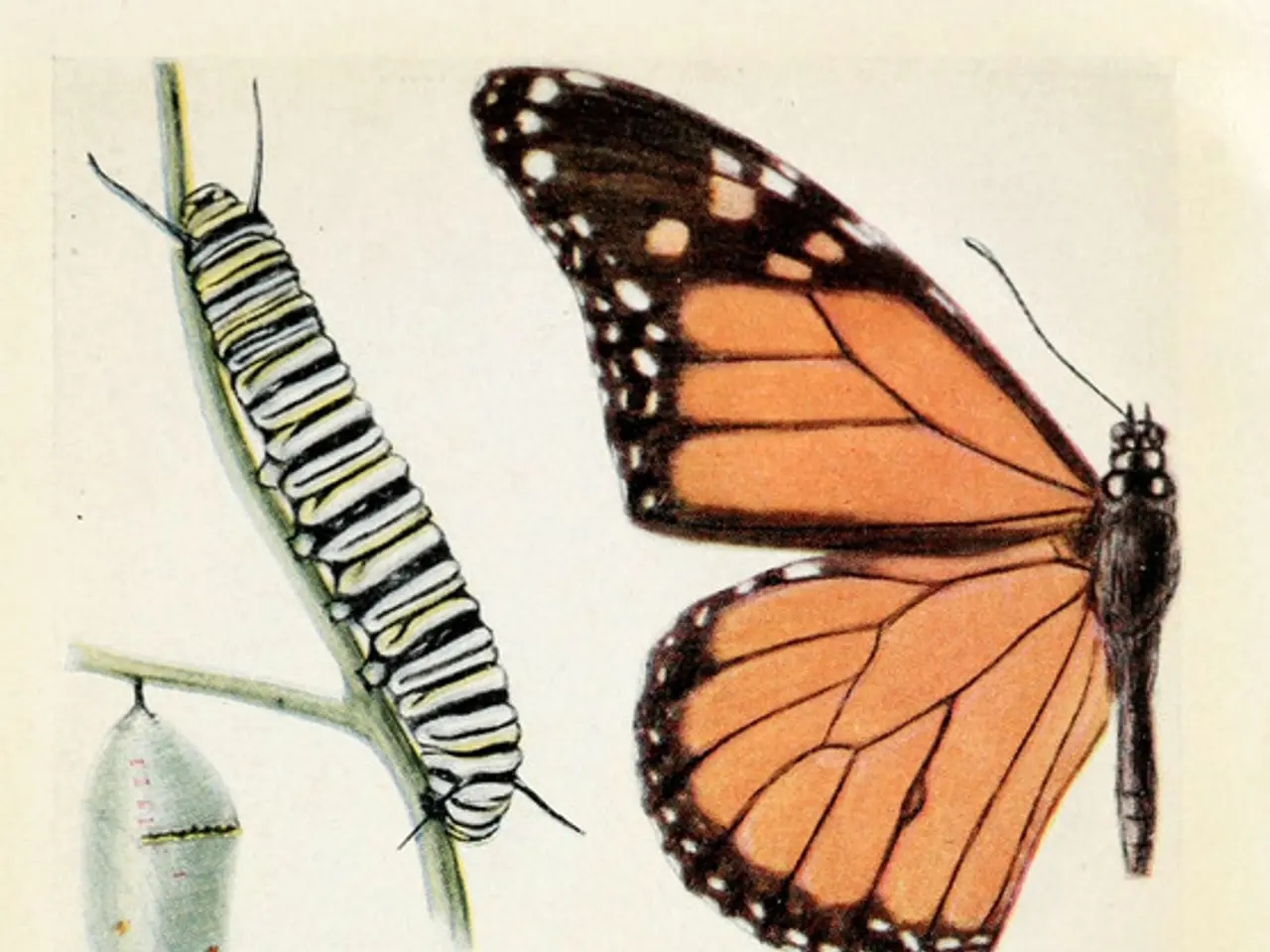Keshan Disease Exploration: Causes, Symptoms, and Further Details
In the rural, mountainous regions of China, a significant public health issue known as Keshan disease has been a concern for decades. First reported in 1935 in Keshan, Heilongjiang province, this cardiomyopathy has been linked to a deficiency of the trace mineral selenium [1].
Keshan disease is characterised by a range of symptoms, including inflammation, cardiovascular disease, stroke, and enlarged heart. Hypertension and fever are also common, affecting many who suffer from this disease [2]. The disease is most prevalent in rural, socioeconomically disadvantaged areas, where selenium deficiency in the soil is more likely [3].
The current treatment for Keshan disease primarily involves selenium supplementation to correct the selenium deficiency, which is the root cause of this cardiomyopathy. Sodium selenite, an inorganic selenium compound, is often used for this purpose [4].
Preventive public health measures include dietary improvements and selenium supplementation programs in selenium-deficient regions. The aim is to raise selenium intake through food fortification or mineral supplementation [3]. Monitoring plasma selenium levels in vulnerable populations can help detect and prevent deficiency early, especially in patients at risk due to poor absorption or malnutrition [3].
While selenium supplementation is beneficial, caution is needed due to selenium’s narrow therapeutic window and potential toxicity if overdosed. Appropriate dosing and monitoring are critical to effective and safe treatment [1].
Eating selenium-rich foods like eggs, tuna, cod, chicken breast, oatmeal, brown or white rice, onions, and garlic can help manage Keshan disease. In some cases, adding astragalus root to the soil could potentially help in areas with a selenium deficiency [5].
Research suggests that a selenium deficiency could contribute to the presence and mutation of coxsackievirus B3 (CVB3), which is linked to acute heart failure and cardiac arrhythmia [6].
It's important to note that consuming a lot of selenium-rich foods, taking selenium supplements, testing soil for selenium levels, and maintaining a balanced diet can help reduce the risk of Keshan disease. However, anyone who suspects they have Keshan disease should consult a doctor, as there is no fixed treatment for the disease [7].
Over the past 8 decades, mortality rates for Keshan disease have dropped significantly, from more than 80% to about 30% [4]. This drop is largely due to public health efforts to improve selenium status in rural Chinese populations [3][4].
In summary, selenium supplementation and nutritional interventions remain the cornerstone of both treatment and prevention of Keshan disease. Public health efforts to address this issue have contributed significantly to controlling the disease prevalence in China [3][4].
References:
- Selenium in Human Health
- Keshan Disease: A Review
- Keshan Disease: Prevention and Control
- Treatment of Keshan Disease with Sodium Selenite
- Astragalus Root: Potential Role in Selenium Deficiency Areas
- Selenium Deficiency and Coxsackievirus B3: A Link to Keshan Disease
- Keshan Disease: Diagnosis and Management
- In rural, mountainous regions of China, a significant public health issue called Keshan disease has been a concern for decades, linked to a deficiency of the trace mineral selenium.
- Characterized by inflammation, cardiovascular disease, stroke, enlarged heart, hypertension, and fever, Keshan disease is most prevalent in socioeconomically disadvantaged areas with selenium deficiency in the soil.
- Selenium supplementation, such as sodium selenite, is the primary treatment for Keshan disease as it corrects the root cause of the disease, selenium deficiency.
- Preventive measures include dietary improvements, selenium supplementation programs, and monitoring plasma selenium levels in vulnerable populations to detect and prevent deficiency, especially in those with poor absorption or malnutrition.
- Selenium-rich foods like eggs, tuna, cod, chicken breast, oatmeal, rice, onions, and garlic can aid in managing Kesahan disease, and adding astragalus root to the soil could be potentially helpful in areas with a selenium deficiency.
- Research suggests a selenium deficiency could contribute to the presence and mutation of coxsackievirus B3, linked to acute heart failure and cardiac arrhythmia.
- While consuming selenium-rich foods, taking supplements, testing soil for selenium levels, and maintaining a balanced diet can help reduce the risk of Keshan disease, anyone who suspects they have the disease should consult a doctor for diagnosis and management.




